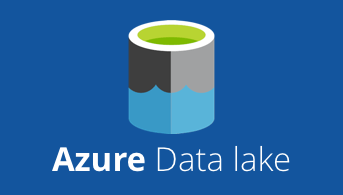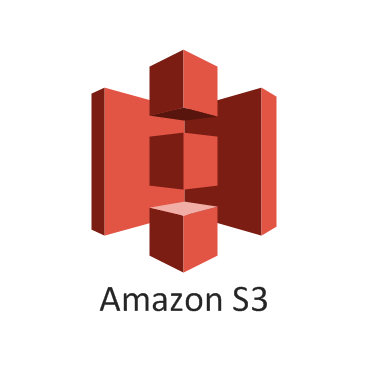Tag: Anypoint Studio
-
Streamlining Salesforce SObject Data Retrieval with MuleSoft
In this post, we’ll explore a MuleSoft flow that demonstrates how to efficiently retrieve and transform Salesforce SObject data using MuleSoft’s Anypoint Platform. We’ll walk through the components of the flow and highlight the benefits it offers to organizations leveraging Salesforce. Overview of the Flow The flow is designed to: Step-by-Step Breakdown 1. HTTP ListenerThe…
-
Powering Tableau with MuleSoft: Writing and Reading Hyper Files with Ease
Overview The Tableau Hyper API is a game-changer for real-time analytics, ETL transformations, and interactive exploration. MuleSoft, with its versatile integration capabilities, can seamlessly connect disparate systems and facilitate advanced data workflows with Tableau Hyper. In this blog post, we’ll explore how MuleSoft can be used to write and read from Hyper files, unlocking new…
-

Exposing SAP Table Data with MuleSoft – Part 1
Overview Master Data, Transactional Data, Configuration Data, Custom Z-Tables: these are various types of tables that store data around SAP. Each table is designed to hold specific types of data related to a particular module or aspect of the business. How you access data from these tables in SAP can vary from use-case to use-case.…
-

Connect to Azure Data Lake Store using MuleSoft
Overview UPDATE: Check out the updated post that shows how to use the Azure Data Lake Storage connector. Azure Data Lake Store is an enterprise-wide hyper-scale repository for big data analytic workloads. Azure Data Lake enables you to capture data of any size, type, and ingestion speed in one single place for operational and exploratory…
-

Deploy Domain Projects using the Mule Plugin for Maven
Continuous Integration (CI) is a DevOps development practice that requires developers to check code into a shared repository (e.g. Github) after which automated builds and tests are run. This process allows teams to detect problems early and locate them more easily. The MuleSoft Anypoint Platform provides the flexibility and tools to easily build a CI process…
-

Create a Facebook Messenger Bot using MuleSoft and the Anypoint Platform.
With over 900 million users a month, the Facebook Messenger platform has a pretty big audience. The introduction of Messenger Bots earlier this year helped extend this adoption by helping drive personalized, scaled experiences with customers. Instead of building an app, just build the message thread as the place where you connect and interact with your users.…
-

Using the DropBox API in the MuleSoft Anypoint Platform
Overview MuleSoft has hundreds of connectors to numerous platforms which take away the need to write custom code. You can find them along with templates and examples on the Anypoint Exchange. The connectors generally wrap the platform APIs and expose all the available operations making it easier to setup integrations without any custom code. But what…
-

Download all Objects from an Amazon S3 Bucket using MuleSoft
Here’s a quick example on how you can download all the Objects from an Amazon S3 Bucket using the Amazon S3 Connector. You can see the flow and the corresponding code (minus the HTTP and Amazon S3 Configuration) below. <flow name=”s3-exampleFlow”> <http:listener config-ref=”HTTP_Listener_Configuration” path=”/bucket” doc:name=”HTTP” /> <s3:list-objects config-ref=”Amazon_S3__Configuration” bucketName=”s3-mule-bucket” doc:name=”Amazon S3 – List Objects in Bucket”…
-
Debugging DataWeave output in Studio
One of the greatest features of Anypoint Studio is the Visual Design Debugger and often times you want to see the payload as a string during debugging. Generally using #[payload:java.lang.String] or #[message.payloadAs(java.lang.String)] does the trick. But when it comes to DataWeave, those methods don’t work if the output is anything other than ‘application/java‘ due to the…